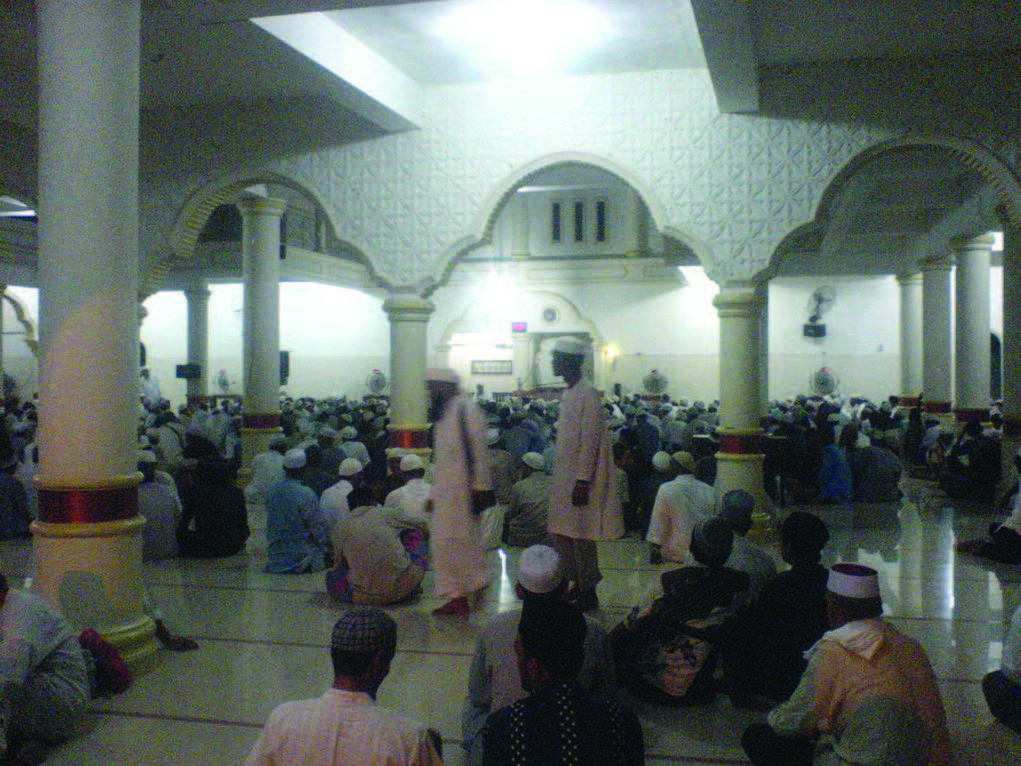
An organized religious movement under a central authority, with strict and specific instructions for the daily lives of its members, Tablighi Jamaat’s (TJ) apparent homogeneity actually hides a level of internal diversity, writes Aminah Mohammad-Arif (Center for South Asian Studies, CNRS-EHESS, Paris) in the Archives de Sciences Sociales des Religions (January–March). Her observations are based on research she conducted over 10 years in the cosmopolitan city of Bangalore, India, among followers of TJ, an Islamic revivalist movement, who experience their adherence to the movement as a clear conversion experience with a “before” and “after.” Launched in Delhi in the 1920s, TJ is generally seen as a uniform movement, targeting nominal Muslims in order to encourage them to imitate the practices of the Prophet and his first companions. At first sight, the uniformity is evident in similar ways of dressing in Islamic attire and in an emphasis on the strict observance of rites as well as practices encompassing all aspects of daily life. However, deeper discussions with members reveal that turning to TJ did not involve changes to the same extent for all of them. While some have stopped watching television or movies and listening to music, some still enjoy listening to music or watching cricket. None were content to read-only literature published by TJ, despite the anti-intellectual posture of the movement and most also looked for information on Islam from other sources.

Tablighi Jamaat Mosque in Montasik District, Aceh Besar Regency, Aceh Province, Indonesia, May 23, 2013 (Si Gam, CC BY-SA 3.0 <https://creativecommons.org/licenses/by-sa/3.0>, via Wikimedia Commons – https://commons.wikimedia.org/wiki/File:Jamaah_Tabligh.JPG).
Despite the movement’s insistence that members should only focus on preaching the true message of Islam, some members express concern with and involvement in social issues. Despite the encouragement to stay out of politics (a point on which the movement has adopted a softer, more neutral stance in recent years), some vote, even for non-Muslim candidates who seem to be working for the common good. All the young people whom Mohammad-Arif met manifested some degree of politicization as members of a Muslim minority in Indian society. Mohammad-Arif remarks that while all her respondents identified themselves as Tablighi, “none of them fit the Tablighi mold as conceived by its leadership and reflected in the movement’s speeches and literature.” To some extent, each of them showed autonomy in reframing (some of) the teachings of the movement according to their own subjectivities—something to which the religious plurality experienced in India may also have contributed.
(Archives de Sciences Sociales des Religions, 14 cours des Humanités, 93322 Aubervilliers Cedex, France; https://journals.openedition.org/assr/)